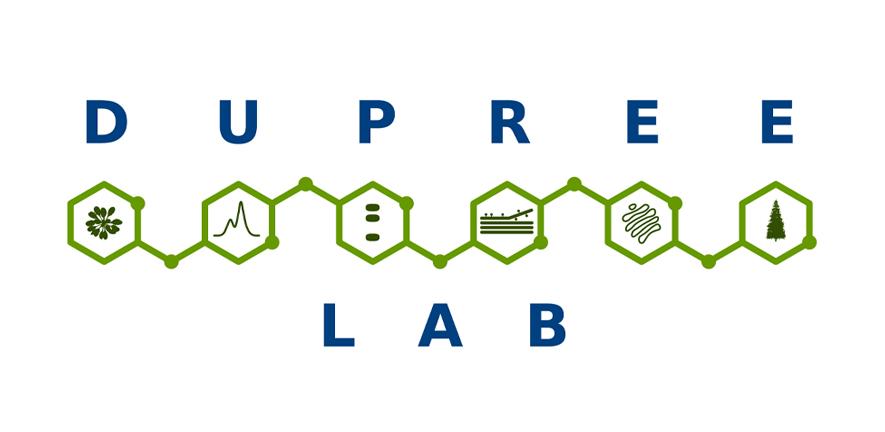
Our group is developing diverse techniques in order to identify and characterise candidate genes involved in polysaccharide synthesis, and in order to characterise and quantify the structure of cell wall polysaccharides. Many of the techniques are developed in collaboration with other research laboratories.
Localization of Organelle Proteins by Isotope Tagging (LOPIT):
Quantitative proteomics to identify the main polysaccharide synthase enzymes in the plant Golgi apparatus (Dunkley et al., 2004; Dunkley et al., 2006). This technique was developed in collaboration with Professor Kathryn Lilley.
Proteomic Complex Detection using Sedimentation (ProCoDeS):
Quantitative proteomics to detect endogenous protein complexes (Hartman et al., 2007; Segura et al., 2010). This technique was developed in collaboration with Professor Kathryn Lilley.
Oligosaccharide relative Quantitation Using Isotope Tagging (OliQuiT):
Relative quantification of oligosaccharides using normal-phase liquid chromatography/ mass spectrometry (Ridlova et al., 2008). This technique was developed in collaboration with Dr Elaine Stephens.
Polysaccharide Analysis by Carbohydrate gel Electrophoresis (PACE):
A simple quantitative method to characterise enzymatically-digested polysaccharides (Goubet et al., 2003).
DNA sequencer-Assisted Saccharide analysis in High throughput (DASH):
A fast method to characterise enzymatically digested polysaccharides (Li et al., 2013).
Solution Nuclear Magnetic Resonance (NMR):
NMR can be used to characterise polysaccharide structures in solution (Busse-Wicher et al., 2014; Tryfona et al., 2014). Our NMR work is in collaboration with Dr Katherine Stott.
Solid-state Nuclear Magnetic Resonance (NMR):
This technique is a variant of the NMR spectroscopy used to characterise molecular structures and conformations in solids, in our case polysaccharide structures in the plant cell wall, avoiding extraction of the polysaccharides (Dupree et al., 2015). The technique was developed in collaboration with Professor Ray Dupree (University of Warwick) and Professor Steven Brown (University of Warwick).
